Social Media Essay for Students: Uses, Impact & Tips
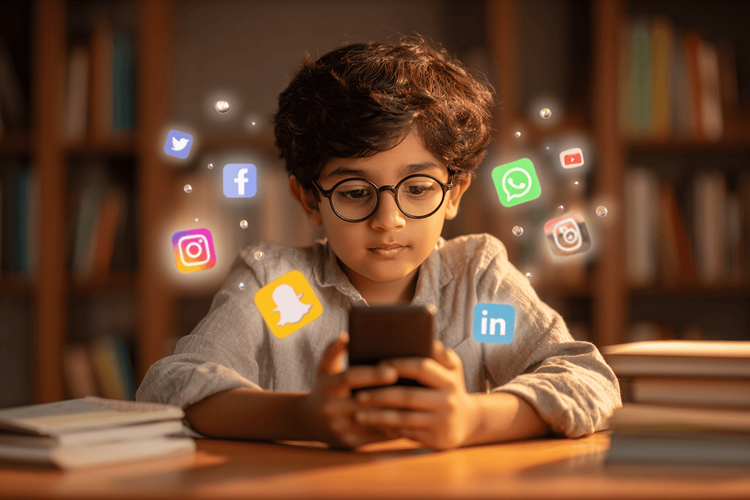
Social media is a powerful part of modern life, shaping how we connect and communicate. A good essay on social media should include a clear introduction, balanced pros and cons, real-life examples, and a strong conclusion. This blog offers a simple, well-structured essay along with helpful insights.
Short Essay on Social Media (150–200 words)
Social Media: A Tool for Learning and Expression
Social media is a powerful communication tool that connects people all over the world. For students, it’s not just about entertainment, it offers opportunities to learn, create, and share. Platforms like YouTube, Instagram, and even school-safe networks let students watch educational videos, post their creative work, or learn about different cultures and ideas.
It also helps improve communication skills. When students write posts, create videos, or engage in discussions, they build confidence and learn how to express themselves clearly. But like everything, social media has a flip side. Spending too much time online can lead to distraction, poor focus, and sometimes even stress due to comparisons or negative content.
That’s why it’s important to use social media smartly and safely. With the right balance and guidance, it can be a fun and educational space where students grow into confident digital citizens.
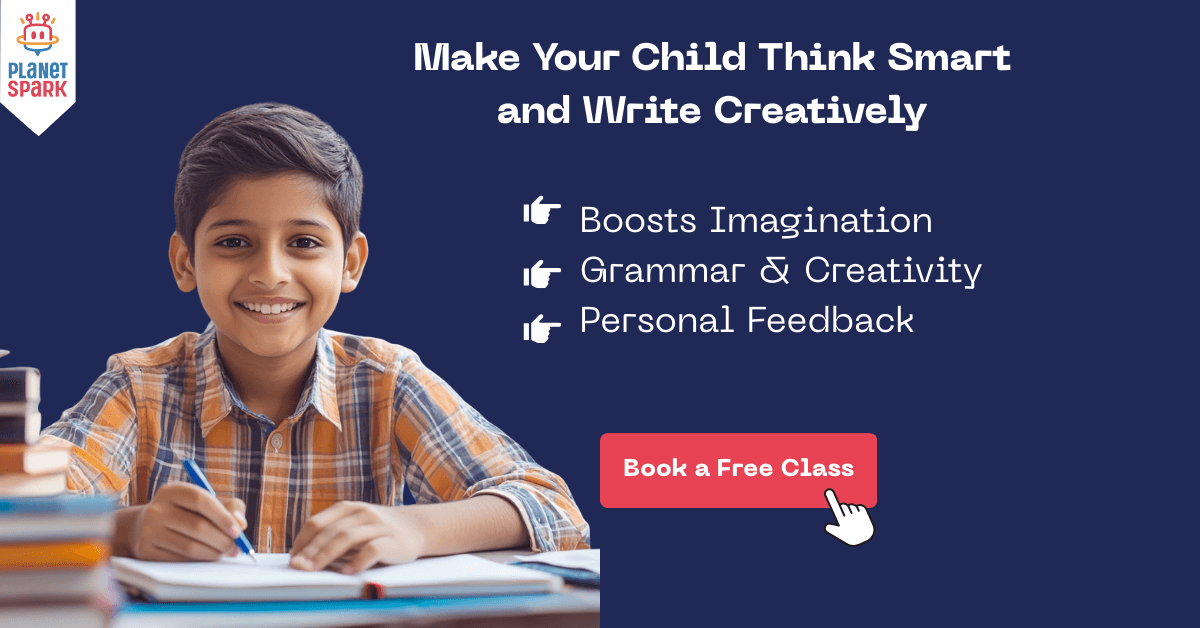
2. Extended Social Media Essay (300–350 words)
Social Media in Student Life: A Balance of Power and Responsibility
Social media has become a big part of our daily lives, especially for students. From uploading photos to participating in online debates or even learning through tutorials, students today are digital natives growing up in a world shaped by likes, shares, and comments.
The biggest advantage of social media is that it gives students a platform to share their thoughts, ideas, and creativity. Whether it’s writing a blog post, reciting a poem, or recording a speech, students can express themselves in many ways. Educational pages on platforms like YouTube or Instagram also offer free access to learning resources, making knowledge more available than ever.
However, social media isn’t perfect. It can sometimes create distractions from studies. Scrolling endlessly, comparing lives, or facing online negativity can impact mental health. That’s why children must be taught to use it wisely. Just like we teach table manners, we must now teach “digital manners” too.
Programs like PlanetSpark prepare students for this digital-first reality. With 1:1 mentorship, AI-based feedback, and writing platforms like Spark Diary and Sparkline, children not only build strong grammar and storytelling skills, they also learn how to present themselves confidently online.
So, social media is not the enemy. In fact, it can be a great friend, if used right. With the correct tools, guidance, and training, students can make the most of social media and even use it to grow their voice and confidence.
Positive Effects of Social Media on Students
Social media can be a wonderful platform when used responsibly. Some of its benefits for children include:
- Access to Information: Students can follow educational creators and explore content related to science, history, language, and more.
- Creative Expression: Kids can write blogs, upload storytelling videos, or share their poetry online.
- Boosts Digital Confidence: By posting in safe spaces, students learn to present their ideas publicly.
- Improves Writing & Communication: Commenting, posting, and sharing ideas regularly improves sentence structure, vocabulary, and fluency.
PlanetSpark’s exclusive Sparkline platform functions like a child-safe social media network where kids share speeches, stories, and written content, all within a monitored environment that builds expression and digital confidence.
Negative Impacts of Social Media and How to Manage Them
While social media has benefits, it also has risks if not used wisely:
- Distraction from Studies: Students may spend excessive time scrolling, affecting academic focus.
- Mental Health Issues: Constant comparisons can lead to low self-esteem and anxiety.
- Online Bullying: Exposure to negative comments can be emotionally harmful.
- Privacy Risks: Sharing personal details online can be unsafe.
That’s why teaching digital etiquette and communication skills is vital. PlanetSpark’s 1:1 communication training and writing programs help kids understand how to express themselves confidently and respectfully online.
If you're also looking to build your child's creative writing foundation, check out our guide on essay writing for kids and how structured journaling helps boost clarity.
Tips for Students to Use Social Media Wisely
Here are a few actionable tips children can follow to make social media a positive space:
1. Set Time Limits for Social Media Use
Scrolling endlessly on Instagram or watching YouTube videos for hours can quickly turn into a bad habit. Students should follow a routine with clear boundaries on screen time, especially during study hours or before bed. Apps like Digital Wellbeing (Android) or Screen Time (iOS) help track and limit daily usage.
2. Use Social Media for Learning, Not Just Leisure
Social media isn’t just for entertainment. Follow accounts that post grammar tips, vocabulary games, speech ideas, or storytelling challenges. Educational creators on platforms like YouTube or Pinterest make tough concepts fun and digestible. This way, you turn screen time into skill time
3. Create More Than You Consume
It’s easy to watch what others post, but real growth comes when students start creating content. Writing a caption, sharing a poem, or recording a short speech video can improve self-expression, grammar, and confidence. Students should aim to be creators, not just consumers.
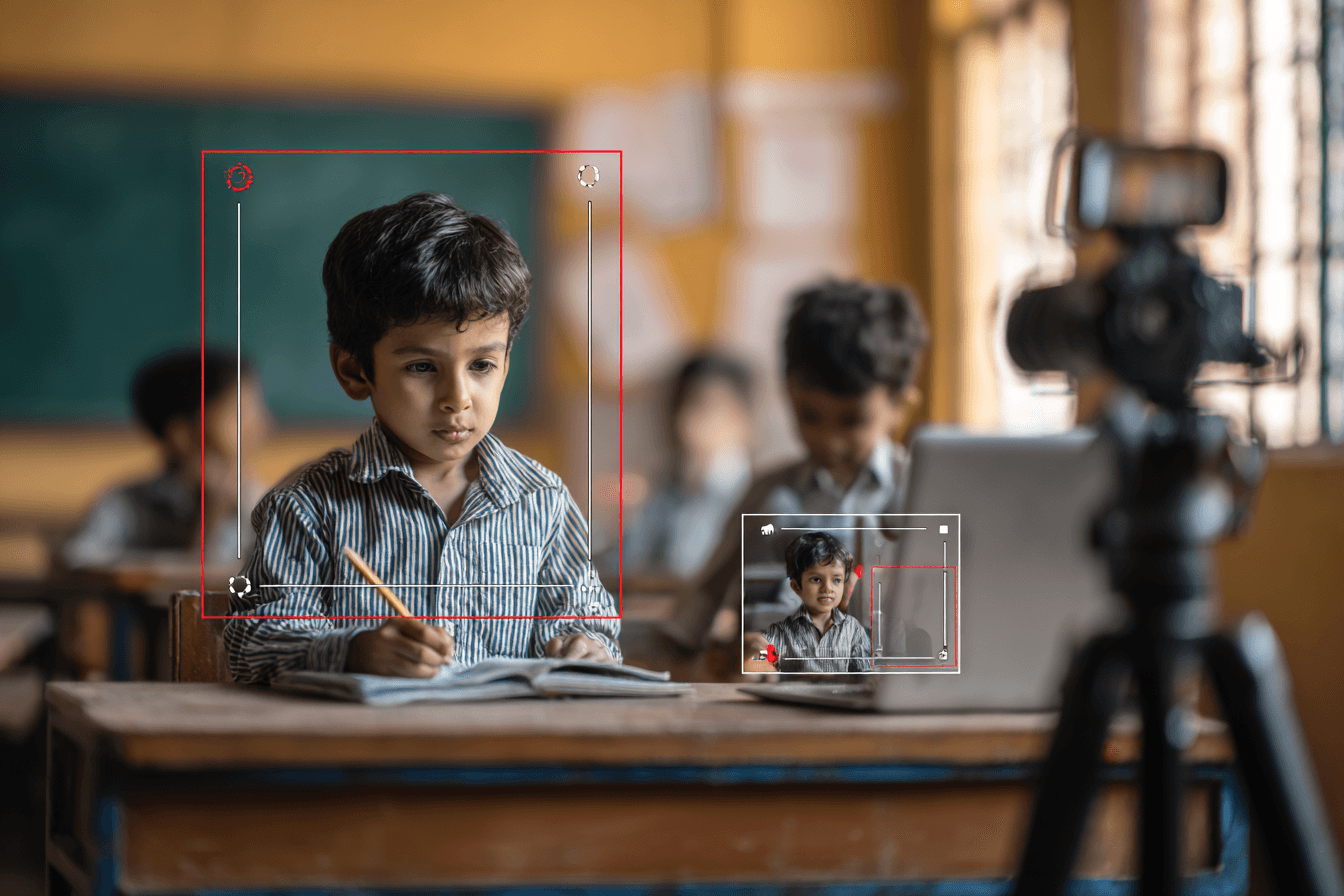
With tools like Spark Diary and SparkX, PlanetSpark students regularly record and reflect on their work, developing strong storytelling and public speaking skills in the process.
4. Protect Your Privacy and Stay Safe
Students must learn what’s okay to share, and what’s not. Personal details like home addresses, phone numbers, or school info should never be posted online. Also, avoid accepting friend requests from strangers or clicking on unknown links.
5. Engage Respectfully and Avoid Toxic Content
It’s important to interact with kindness and positivity. Avoid online arguments, rude comments, or bullying. Students should also unfollow accounts that promote negative comparisons, unrealistic standards, or toxic behavior. Choose content that uplifts, inspires, and educates.
6. Review What You Share Before Posting
Before posting anything, students should pause and ask themselves, “Would I say this in person?” or “Would I be okay if a teacher or parent saw this?” This habit not only prevents impulsive sharing but also builds thoughtful digital citizenship.
7. Turn Social Media into a Confidence-Building Tool
Instead of comparing with others, students should focus on their own growth journey. Posting their work, receiving feedback, and improving over time can become a source of pride and purpose. Social media becomes meaningful when it reflects effort, not perfection.
PlanetSpark’s AI tools like SparkX offer video feedback on posture, tone, and structure, making digital communication smarter and more effective.
Social Media and the Need for Strong Communication Skills
In the age of Instagram reels and YouTube Shorts, content is consumed quickly. This makes clarity, confidence, and storytelling more important than ever. Students must:
- Learn how to write clearly and creatively
- Speak fluently and structure their thoughts logically
- Present confidently on video or on stage
At PlanetSpark, our Creative Writing and Public Speaking courses are designed with this modern communication need in mind. Using tools like the Spark Diary, students build daily writing habits, get peer and mentor feedback, and even publish their work in our online magazines.
PlanetSpark’s Creative Writing Program
At PlanetSpark, creative writing is designed to turn young learners into confident, expressive writers. Our program blends structure, creativity, and speaking skills to help children write with clarity, imagination, and purpose.
Genre-Based Curriculum
Students explore various formats, short stories, poems, journals, essays, and book reviews, through structured lesson plans that spark creativity.
Writing + Speaking Integration
Learners present their written work aloud, improving both expressive writing and fluent speaking, essential for future-ready communication.
Feedback & Rewriting Support
With real-time edits and guided revision, students learn to refine grammar, sentence structure, and storytelling techniques.
Creative Thinking Tools
Story dice, image prompts, and fun challenges make writing imaginative, engaging, and consistent.
Spark Diary & Publishing
Children build a daily writing habit using Spark Diary and share their best work via Sparkline or PlanetSpark’s blog instilling pride and digital confidence. credibility.
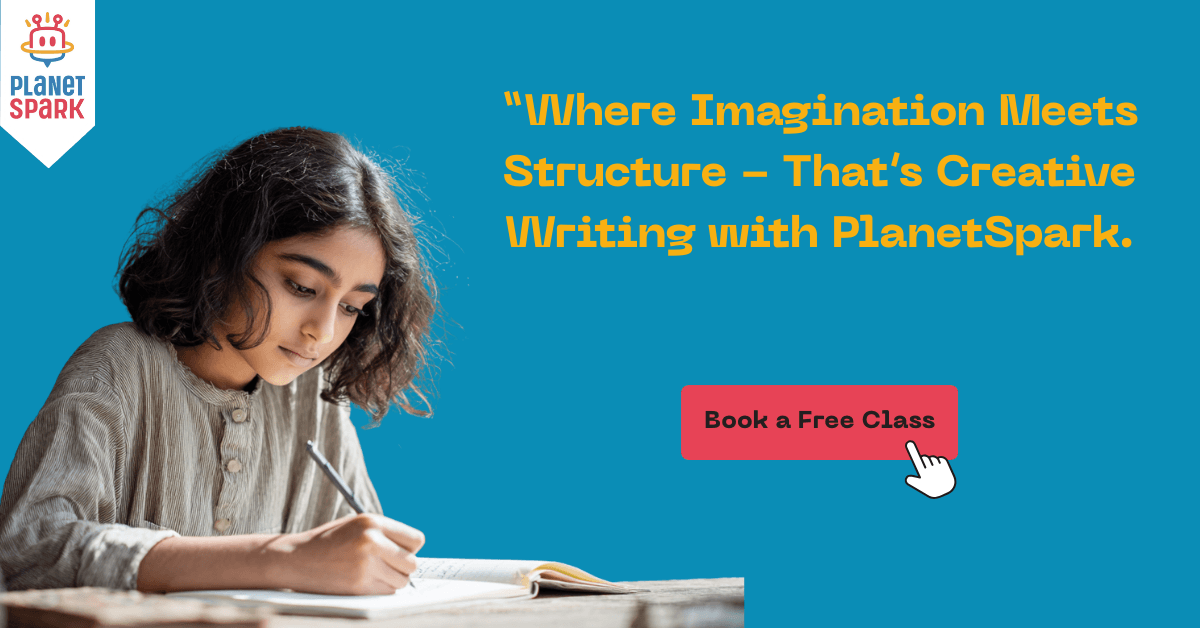
Conclusion: Social Media Is a Stage, Prepare Your Child to Shine
Social media is here to stay. It’s not just about entertainment anymore; it’s about voice, visibility, and values. Students who can write creatively, speak confidently, and think critically will not only succeed academically but thrive in the digital space as well.
With the right training and a safe, guided platform like PlanetSpark, your child can become a responsible digital citizen, a thoughtful communicator, and a standout speaker, both online and offline.
Frequently Asked Questions (FAQs)
1. What is the impact of social media on students?
Social media has both positive and negative impacts on students. While it helps improve communication, creativity, and access to learning resources, it can also cause distractions, comparison anxiety, and privacy risks if not used mindfully. Programs like PlanetSpark help students build strong communication skills and use digital platforms responsibly.
2. How can students use social media wisely?
Students should set screen time limits, follow educational content, avoid oversharing, and create more than they consume. With guidance from platforms like PlanetSpark, they learn to become thoughtful creators, not just passive consumers of content.
3. Is social media good or bad for students?
Social media is neither inherently good nor bad. It depends on how it’s used. When guided correctly, it becomes a powerful tool for learning and self-expression. PlanetSpark teaches students how to express themselves clearly, think critically, and stay safe online.
4. What are some examples of educational use of social media?
Students can use YouTube for grammar tutorials, follow vocabulary pages on Instagram, or share their writing on platforms like Sparkline (PlanetSpark’s internal sharing space). These activities support both academic growth and digital literacy.
5. How does PlanetSpark prepare students for safe social media use?
PlanetSpark blends public speaking, creative writing, and grammar programs with tools like SparkX (AI speech analysis), Spark Diary, and moderated sharing via Sparkline. Children learn to write, speak, and present their ideas confidently in both academic and digital spaces.
Personalized Communication Report
Record a video to get a AI generated personalized communication report for your child
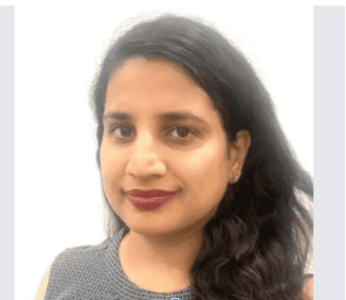
Hi There, want to try these
tips for your child with
LIVE with our expert coach?
Let's check your child's
English fluency
